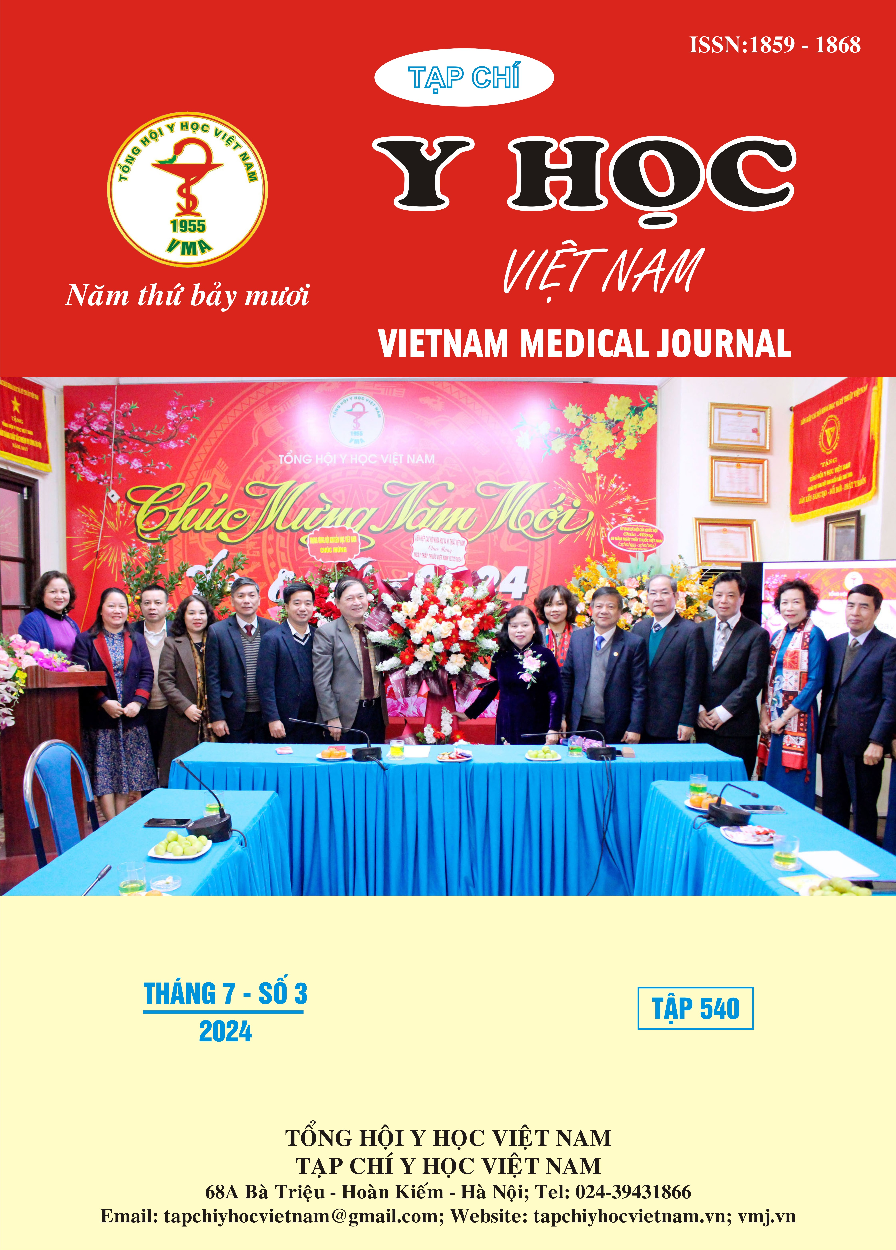CHARACTERIZATION OF MIH LESIONS USING TRANSILLUMINATION LIGHT
Main Article Content
Abstract
Objective: The aim is to describe the characteristics of MIH lesions using transillumination light in a group of children with teeth affected by MIH in Sa Dec City, Dong Thap Province. Materials and methods: This study is a descriptive cross-sectional study involving 35 children affected by MIH. Results: 35 patients contributed 49 teeth to the study. Of the 35 children, 31 had incisors with mild MIH, while 4 had severe MIH only, without any cases of simultaneous mild and severe MIH. In terms of lesion type, 25 teeth were classified as type 1 (51.02%), 13 teeth as type 2 (26.53%), and 11 teeth as type 3 (22.45%). The most commonly affected teeth were the upper central incisors, accounting for 28 teeth (57.14%). Conclusion: The use of transillumination light is valuable in supporting diagnosis and providing treatment prognosis. The classification based on transillumination light usage can help predict the number of teeth at risk of post-eruptive enamel breakdown (PEB). The upper central incisors are frequently affected, with type 1 lesions being the most prevalent among the three lesion types when examined with transillumination light.
Article Details
Keywords
MIH lesions, transillumination, permanent molars, permanent incisors
References
2. Almuallem Z, Busuttil-Naudi AJBdj. Molar incisor hypomineralisation (MIH)–an overview. 2018;225(7):601-609.
3. Jälevik BJEAoPD. Prevalence and diagnosis of molar-incisor-hypomineralisation (MIH): a systematic review. 2010;11:59-64.
4. Lopes LB, Machado V, Mascarenhas P, Mendes JJ, Botelho JJSr. The prevalence of molar-incisor hypomineralization: a systematic review and meta-analysis. 2021;11(1):22405.
5. Võ Trương Như Ngọc, Hoàng Bảo Duy, Mối liên quan giữa thực trạng kém khoáng hóa men răng (MIH) và chấn thương răng sữa, răng sữa mất sớm ở học sinh 12 - 15 tuổi tại một số tỉnh thành ở Việt Nam, Tạp chí Y học Việt Nam, tập 496, tháng 11, số 2, năm 2
6. Lygidakis, N. A., Garot, E., Somani, C., Taylor, G. D., Rouas, P., & Wong, F. S. L. (2022). Best clinical practice guidance for clinicians dealing with children presenting with molar-incisor-hypomineralisation (MIH): an updated European Academy of Paediatric Dentistry policy document. European archives of paediatric dentistry: official journal of the European Academy of Paediatric Dentistry, 23(1), 3–21. https://doi.org/10.1007/s40368-021-00668-5
7. Mathu-Muju K, Wright J T. Diagnosis and treatment of molar incisor hypomineralization. Compend Contin Educ Dent 2006; 27: 604–610.
8. Omar Marouane, David J. Manton (2021): The use of tramsillumimation in mapping demarcated enamel opacities in anterior teeth: A cross – sectional study. International Journal of Pediatric Dentistry Vol 32 – No1.
9. Marouane O. The use of transillumination in detecting subclinical extensions of enamel opacities. J Esthet Restor Dent.2019;31(6):595-600


